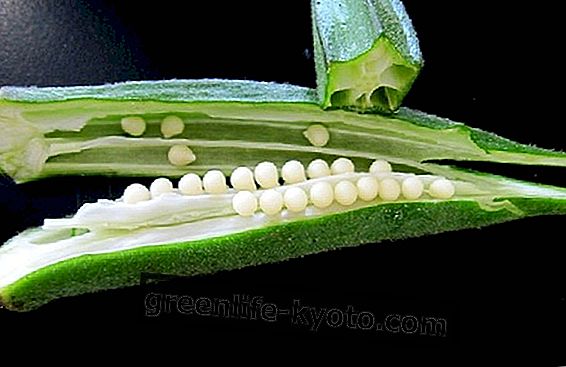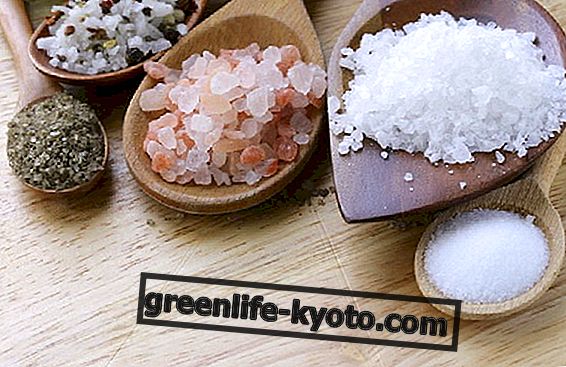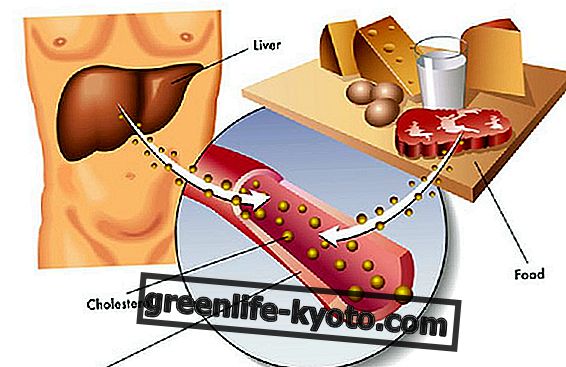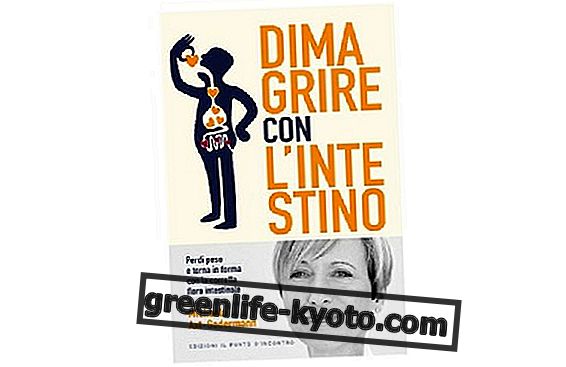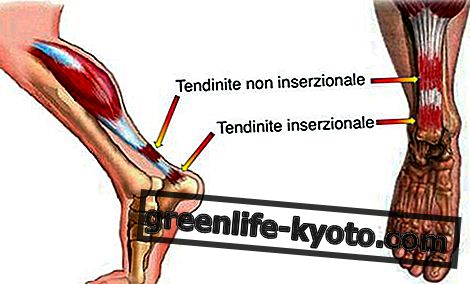
Okakura Kakuzo
Almost unpronounceable name, well-known personality in Japan, director of the Tokyo School of Art, Okakura Kakuzo was born of a Samurai family in Yokoama way back in 1862. The work and life of this Japanese intellectual took place among the many journeys in West and the efforts and the passion used to defend and make known to the whole world the beauty of oriental culture.
His most famous writings include The Ideals of the East, The Awakening of Japan, The Book of Tea . In Italian translated as The Ideals of the East, The Awakening of Japan, The Book of Tea . Of this man we can say in general terms that he was not only a mere spokesman of Japanese culture in the world, but a fierce and fervent defender of Eastern thought, against the intrinsic negativity that modern Western ideology represented.
Okakura Kakuzo, author of the tea book
Unable to defend his own culture from within his own country, given the many restrictions of a government that instead wanted to keep pace with the western one, Okakura Kakuzo found in the United States, in Boston in particular, the possibility and space of give voice to his thoughts. Just in Boston, helped by his friend Ernest Fenollosa, a professor of philosophy and political economy, Okakura was able to write his books in peace, including The Book of Tea, in fact.
The book of tea: an antidote to Western madness
Okakura was very frightened by the vision that was maturing in the western man: for him the only way of salvation could be to resume and give space to those ancient and simple oriental traditions, which brought with them an infinite depth of history and work, such as the tea ceremony could be.
This is how the first chapter of the Book of tea was born, entitled " The cup of humanity ". With this symbolic image, Okakura Kakuzo sends an invitation to the whole world, an invitation to look for moments of authentic communication between beings, nature, the world around them, maintaining a vision that is both respect and profound knowledge of the past and future foresight . In this perspective, the "inner universes" of the world must be considered, so as to realize the intimate unity of existence and to be able to grasp its inner beauty.
Takeno Joo and Okakura Kakuzo
One of the most important tea masters of the sixteenth century was Takeno Joo . Zen scholar and master, Joo has left us twelve Teachings for the students of the Tea Way, what Okakura Kakuzo calls Theism. The first rule that emphasizes is exemplary: "In order to make Cha-No-Yu a deep human contact is necessary". In a world that runs and moves too fast, it becomes blind to what has been in the name of false ideals, such a thing seems impossible. Okakura feared that the 1800s were just like that for Japan, which is why he wrote The Book of Tea .
He, like the master of the sixteenth century Joo, understood that man could not indifferently bend to an inhuman conception of life and society, but he could and should seek and find within himself the energy, the way and the tools for one's liberation.
